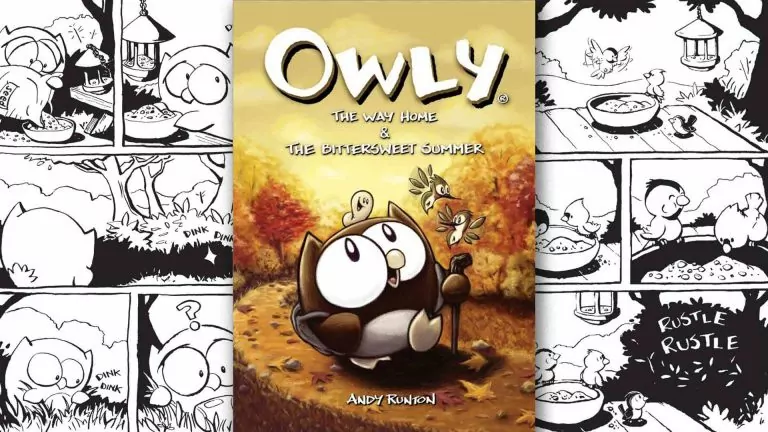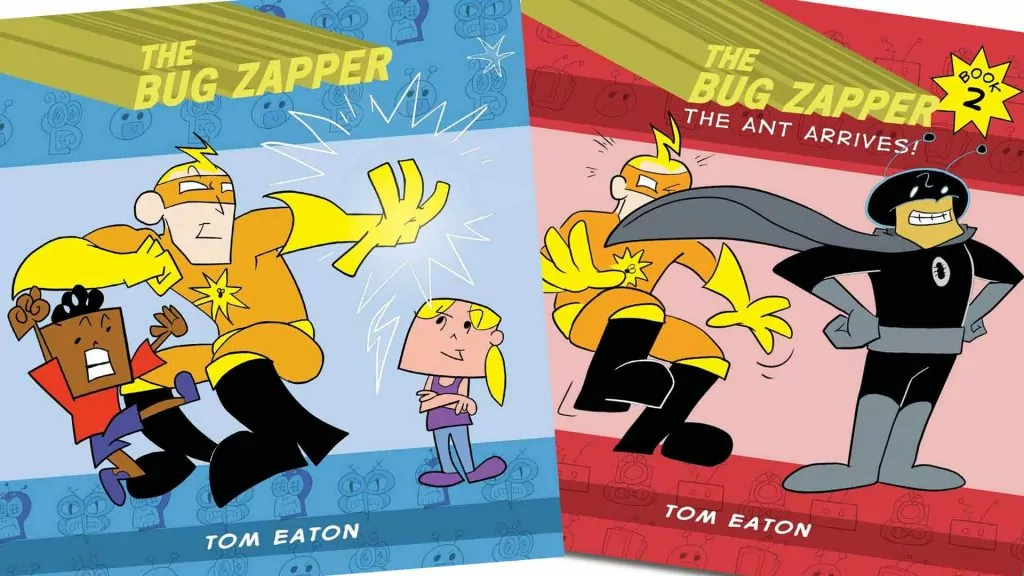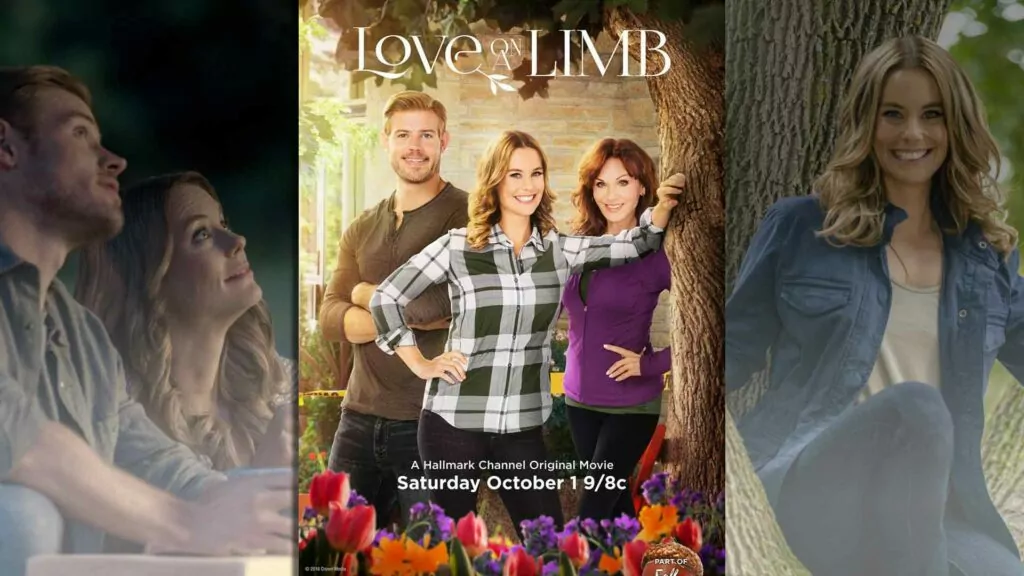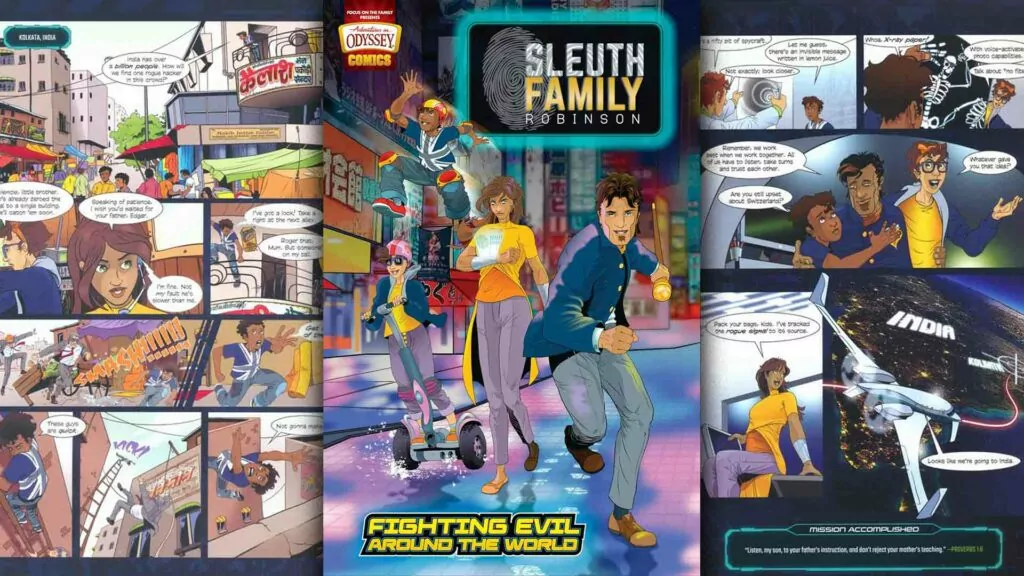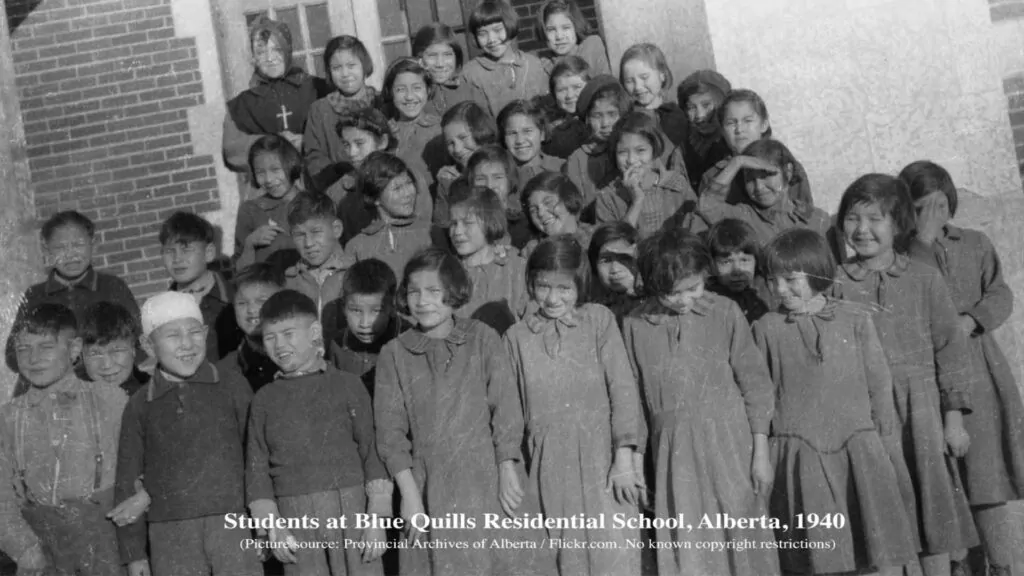by Andy Runton
2004 / 160 pages
This is two stories in one, and at about 80 pages each, they have room for some real fun. In the first, we get introduced to Owly, who, as you may have guessed, is an owl. The forest creatures are afraid of him because, well, he’s an owl, and they know that typically owls eat creatures like them. But not Owly. He’s a kinder gentler owl, and all he wants to do is feed his fellow birds seeds.
Sadly, no one trusts him, and Owly is all alone… until the night of the big storm! Then Owly finds a worm, half-drowned, and nurses it back to health. Worm, realizing he hadn’t been eaten, trusts and befriends Owly, which is the start of something beautiful. It’s never really explained what Owly does eat, but we can be certain that it isn’t cute little worms!
In the second story, Owly and Worm meet a couple of hummingbirds and have a great time until the little speedsters have to head south for the winter. But don’t worry, they’ll be back come Spring!
It’d be more accurate to call these “talkless” rather than “wordless” because, even as the dialogue between Owly and his worm friend is limited to symbols and punctuation marks – a question mark when one of them is puzzled and an exclamation mark when they are excited – there’s the occasional shop sign or even a whole encyclopedia page entry on hummingbirds that does require the reader to be able to actually read.
If you’re considering getting this for your school library, you’ll be interested to know there are two editions of this story, the first in black and white with this symbol-based dialogue, and the second, now titled simply Owly: The Way Home (2020) that is in full-color and adds in a minimal bit of verbiage between the characters. While I really like the original near-wordless version, it was sometimes a bit hard to decipher what Owly and his pal were saying to each other, so the second editions are probably the best way to go. Everything in this series seems to be gentle and kind including Just a Little Blue (1st edition 2005 /2nd edition 2020, 130 pages), Flying Lessons (2005/2021, 144 pages), A Time To Be Brave (2007/2022, 132 pages), and Tiny Tales (2008, 172 pages).





